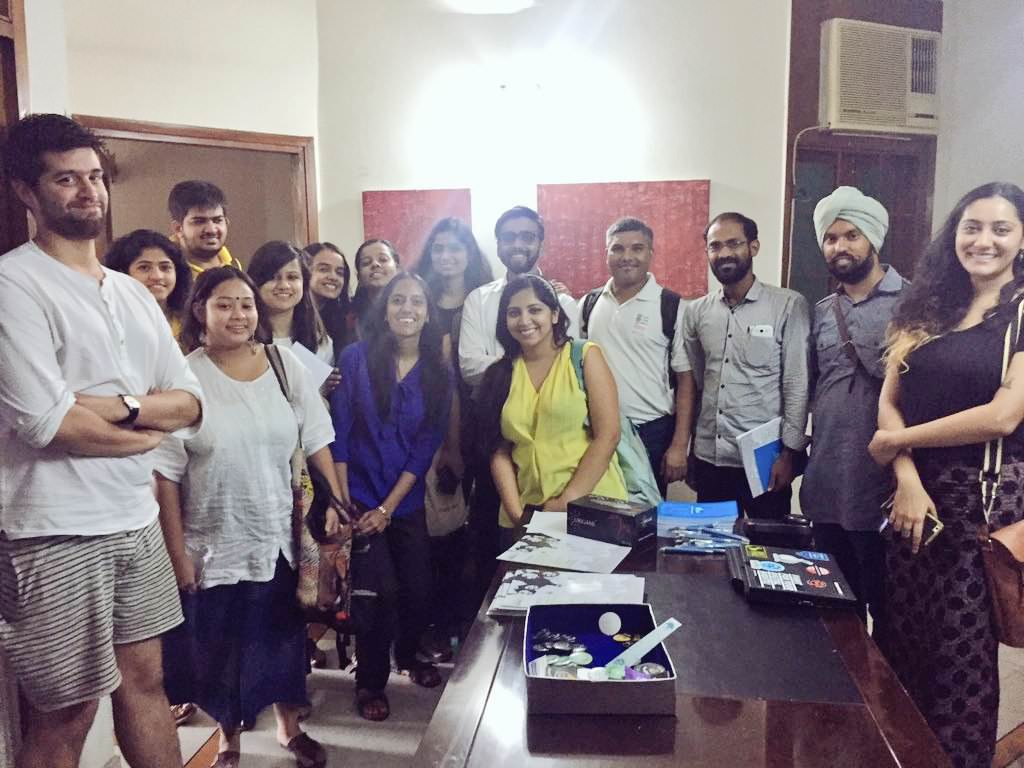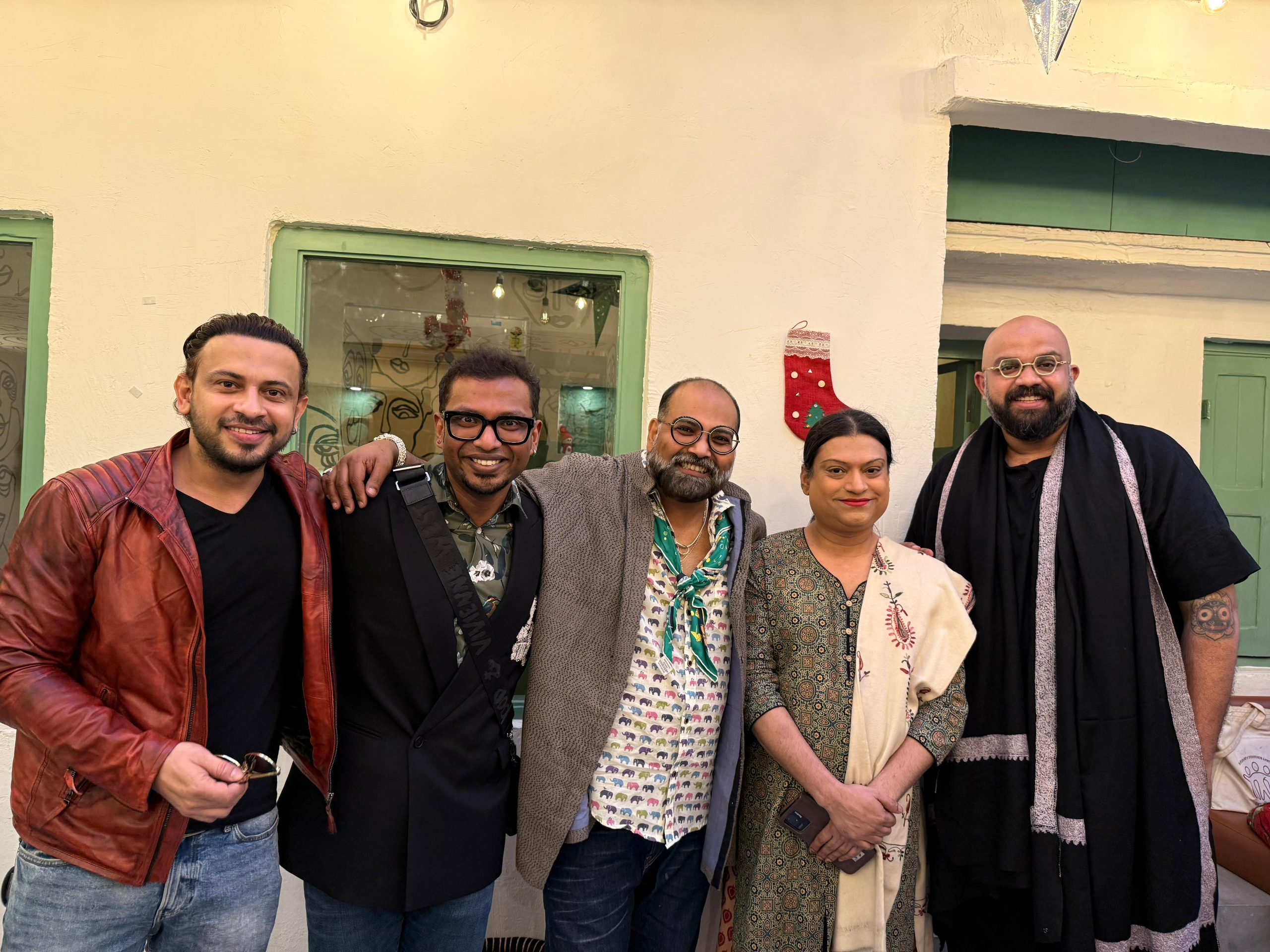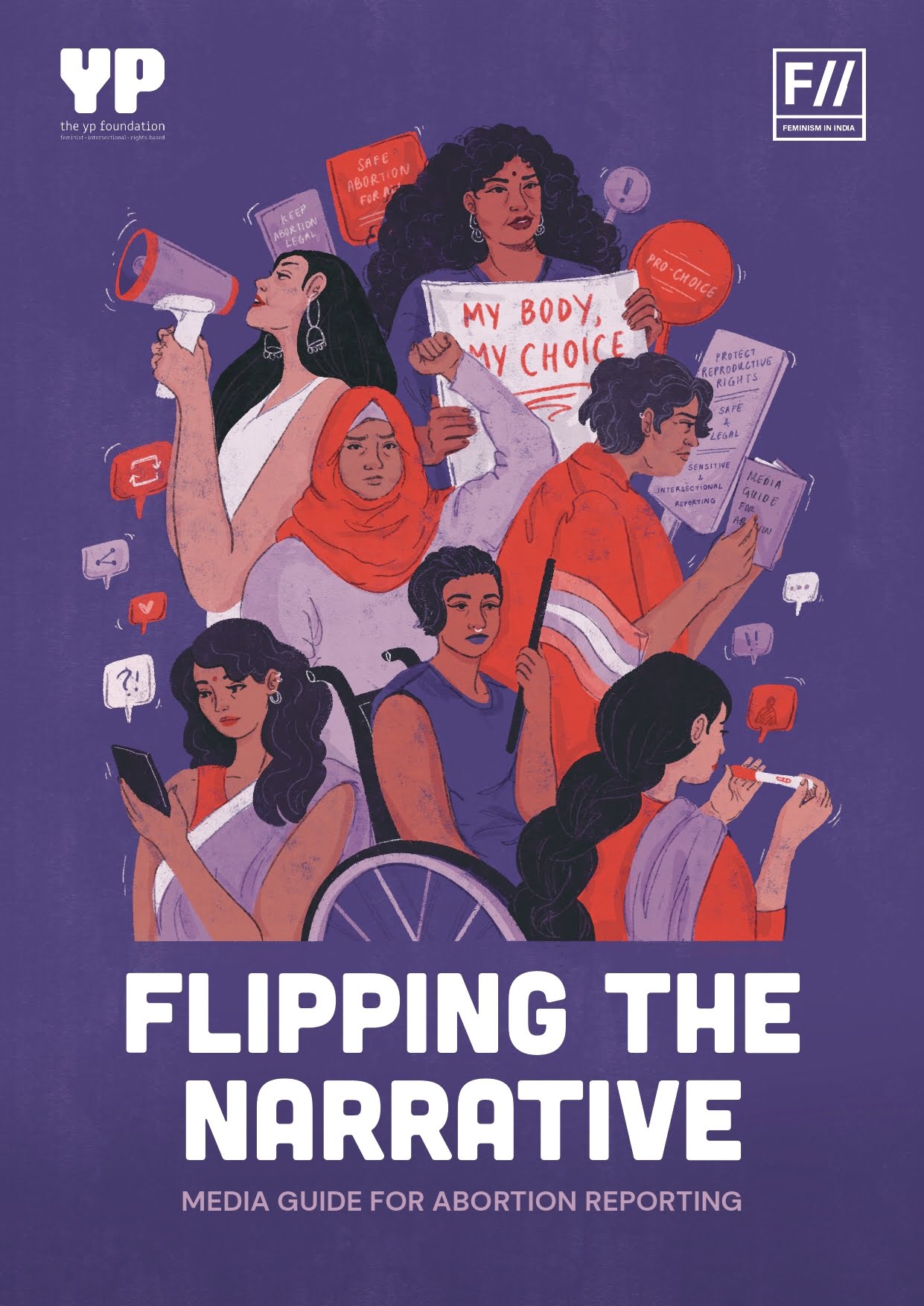On 8th July 2016, Feminism in India along with Software Freedom Law Centre (SFLC.in) held a workshop on combatting online harassment and an introduction into digital security. This article has been written by a participant at the workshop about her key learnings from the workshop for Strategic Advocacy For Human Rights (SAHR), an organisation she works at. This article has been republished from SAHR with their permission. You can find the original article here.
Posted by Devika Agarwal
One of the projects that Strategic Advocacy For Human Rights (SAHR) is currently undertaking is around gender-based violence in online spaces, and one specific issue which we are working on is non-consensual image-based sexual abuse (or “revenge porn”). Our current work focuses on the Indian context. When we started out at the end of last year, we discovered that there were only a handful of organisations within India which had devoted their attention to issues of gender based violence in online spaces, possibly because it is (although prominent) of a relatively recent origin both in India and globally. The initiatives we did come across seemed to focus much more on teaching young women how to navigate safely online rather than considering some of the underlying systemic issues.
This is why we were delighted to see, earlier this month, that Feminism in India (FII), a prominent digital platform and gender equality organisation in India, along with Software Freedom Law Centre (SFLC.in), a legal services organisation working on digital freedom, had organised a workshop on combating online harassment in New Delhi. We first learnt of FII’s work on cyber violence through its insightful report titled, ‘”Violence Online” in India’. For us at SAHR, the workshop was not only a great opportunity to learn more about FII’s ‘Digital Hifazat’ campaign but also to understand internet safety, an issue which affects us personally as women who participate in online debates, blogging and tweeting.
The two-part session was conducted by Japleen Pasricha, Founder at FII, and Vaishali Verma, from SFLC.in. Participants included a group of civil society organisations, individuals from academia, law students, journalists and most importantly, those who had experienced online harassment in the past.
Why ‘Violence’ and not ‘Harassment’?
We began by trying to understand why and how ‘online harassment’ amounts to ‘violence’. An important aspect of online harassment is that oftentimes, it translates to ‘offline harassment.’ We learned from the experiences of some participants that perpetrators of online harassment also resorted to harassing them ‘offline’, for instance, by stalking the victims physically, and sending them abusive/unsolicited messages over the phone. Understandably, the psychological impact of online violence also translates into emotional harm which impacts internet users in their “offline lives” as well.
Safety in Online Spaces
The first session of the workshop focussed chiefly on internet safety wherein Japleen gave practical, easy-to-implement and common-sense advice to ensure that one’s internet experience is a safe one. An important issue which we discussed in the workshop was ‘online trolling’. This occurs typically when an internet user is attacked on social media by a large number of other users who criticise the former for expressing a political/personal opinion online. Japleen advised that in such cases the best reaction for a victim of online trolling is to resist the urge to feed the troll. This approach works, because trolls are temporal and die a natural death when the victim in question refuses to engage with the troll.
Trolling can also take the form of censorship when multiple trolls report the account of the trolled person to social media as a violation of the community guidelines of the social media platform. This often results in the social media company suspending the reported account; this leads to further harassment of the victim.
Also Read: Death And Rape Threats For Posting Hilarious Critiques Of The Govt
Drawing from FII’s personal experiences, Japleen suggested that, rather than self-silencing, a “community and solidarity response” could work well in cases of online trolling. For instance, where a person faces trolling on social media, they could share the offensive posts/messages online so that other members join in support of the victim and in doing so, help as a community to stave off the trolls. This can also support the victim emotionally, as the victim may feel less isolated, and the emotional abuse which the victim was hitherto facing individually, gets distributed among the community members. An excellent example of this in practice, is HeartMob, an initiative of Hollaback!, which seeks to provide ‘by-stander support’ to victims of online harassment.
An important point raised by one of the participants was the freedom of speech concerns involved in online harassment, and how to determine at what point ‘freedom of speech’ of an internet user amounts to online harassment of another internet user. Japleen touched upon a key distinction between freedom of speech and online harassment aptly, “When freedom of speech starts threatening the other person, that is when it becomes violence and harassment”.
Avenues for Redress
The trainer for the second session of the workshop was Vaishali, who focussed on Facebook’s community guidelines surrounding online harassment. We discussed good practices for managing Facebook groups such as having guidelines in place for posting in a group, and the importance of a large and diverse group of moderators.
After discussing the legal remedies in India against online harassment under the Indian Penal Code and the Information Technology Act, Vaishali gave us a practical insight into approaching law and enforcement agencies in India for reporting online harassment. She pointed out that it is advisable in such cases to file a first information report (FIR) with the local police as well as a complaint with the relevant cyber cell. The cyber crime cells have been established in various cities to carry out criminal investigation in cyber crime cases; the first cyber crime investigation cell was set up in Karnataka in 1999. This is important because it is actually the cyber cell which has the technical expertise to deal with online harassment cases, while the purpose of the FIR is to initiate legal proceedings against the accused.
Our Experiences
The workshop was brought to life by the views and insights of the participants who reflected on their personal experiences of online harassment and the latest legal issues and cases in India which are shaping our understanding of online harassment.
In some ways, the workshop challenged how we think about social media. As pointed out by the trainers, nothing in this world comes for free and even social media which proclaims itself as a ‘free platform’, collects data points (in the form of user likes and comments) at the cost of the privacy of its users. The words of the trainers ring true when they say, “We are not the customers/consumers of social media, rather we are their [internet companies’] products.”
Much like the real world in which we live, online spaces are not the safe spaces which they were perhaps envisioned to be for internet users. While there are underlying systemic issues at play here which must be addressed over the longer term, for now, we share some of the useful internet safety tips from the workshop here:
1. Google yourself: As highlighted by Japleen, googling oneself is not narcissistic, rather it makes you aware of any personally sensitive information on the internet which could make you vulnerable to online harassment. An example of this is contact information (such as personal phone number and email address) posted on an events page by a former employer while you were in employment. In case your personally identifiable information is posted online, you are advised to contact the relevant organisation which posted the information for removal of the information. When googling yourself, use incognito/private browsing mode to learn how the search results would appear publicly.
Similarly, a ‘reverse image’ search will reveal whether any personal photographs of you are available on the public domain. It might also be helpful to set a Google Alert for yourself, to know when any information is posted about you on the internet.
2. Be discriminate about the information which businesses collect about you: While filling out personal information forms online or in restaurants/salons etc., only submit information which is mandatorily required of you. Omit sharing personal contact details (wherever optional) such as phone numbers; in case you are pestered to submit this information, leave a bogus phone number/email ID/mailing address.
3. Do not “check-in” on Facebook: It is best to avoid leaving cues about your physical location on the internet, as this can make you vulnerable to physical harassment, by giving away information about your favourite hang-outs and real-time location.
4. Create a strong password: Your password should not contain personal information such as your name, date of birth etc., as this makes it easier for hackers to crack such passwords.
5. Create a separate email ID for general social media accounts: Have a dedicated email address to sign in to various apps and social media accounts, which is separate from your personal email ID. In case your account associated with a particular app is hacked, your personal email account would remain intact.
6. Enable two-factor authentication on your phone.
7. Turn off wi-fi, Bluetooth and Location on your phone when not in use.
8. Ensure that your phone and laptop have a screen lock: This would prevent others from using your device in your absence, or if stolen.
9. True Caller: Ensure that your True Caller profile is private, or alternatively, change your name as it appears on your True Caller profile. There is also a ‘Block’ option in True Caller to block unwanted calls/texts.
10. Use Private Messaging apps: Use private messaging apps such as Signal, Plumble and Telegram which ensure that communication is heavily encrypted and help protect privacy of users.
11. Use camera guard for webcam to prevent malware from turning on and viewing your webcam without your knowledge.
Devika Agarwal is a research fellow at Centre for WTO Studies, Indian Institute of Foreign Trade. She is also a volunteer at Strategic Advocacy for Human Rights.
About the author(s)
Guest Writers are writers who occasionally write on FII.




